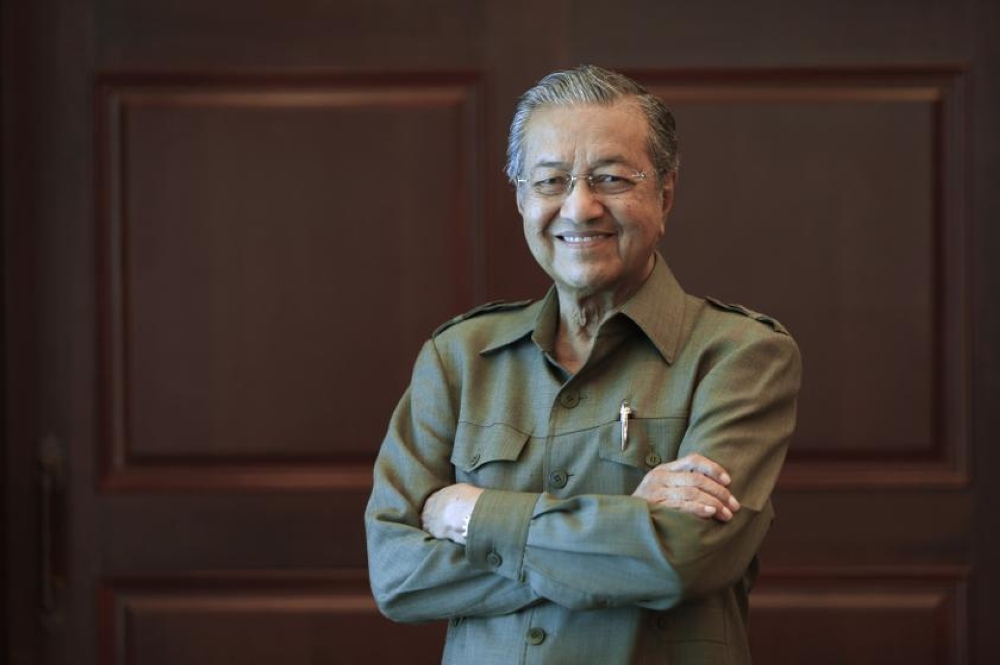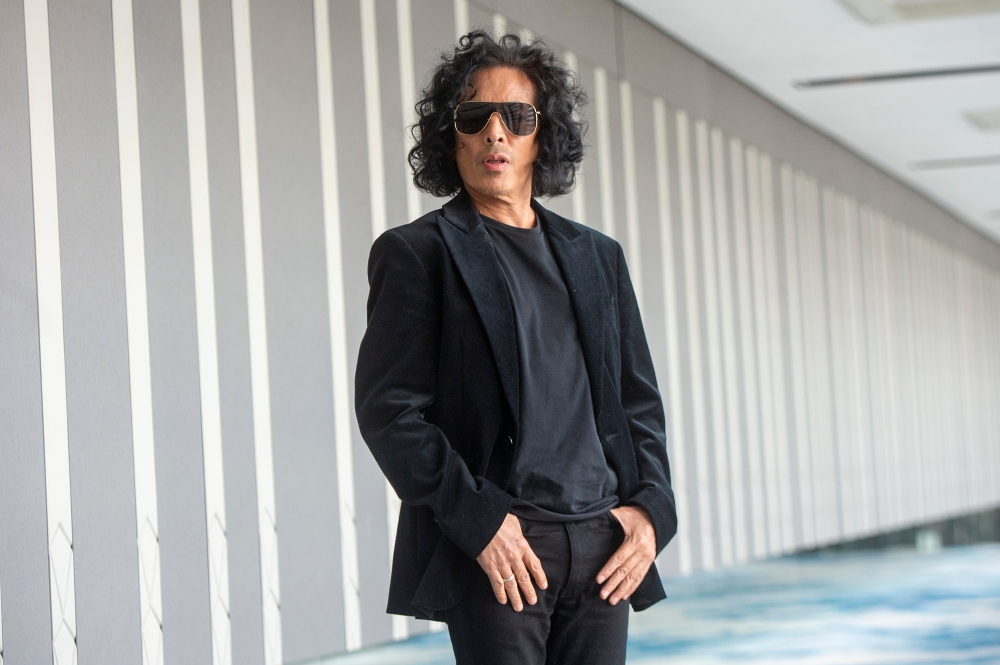KUALA LUMPUR, July 10 — Today marks the 100th birthday of Tun Dr Mahathir Mohamad, a pivotal figure in Malaysian politics whose two terms as prime minister spanned a total of 24 years.
Born on July 10, 1925, in Alor Setar, Kedah, Dr Mahathir trained as a medical doctor, graduating from King Edward VII College of Medicine in Singapore in 1953.
His early forays into politics were not without setbacks. He lost his parliamentary seat in 1969 but eventually returned to national prominence, later becoming a key architect of Malaysia’s modernisation.
As he turns 100, Malay Mail looks back at a few notable moments in his long political career.
1. Driving modernisation and economic growth
Look East Policy
Dr Mahathir launched the Look East Policy in the 1980s, urging Malaysians to emulate the work ethic and business practices of Japan and South Korea.
The policy reflected his broader vision of industrialising Malaysia and reducing reliance on Western models.
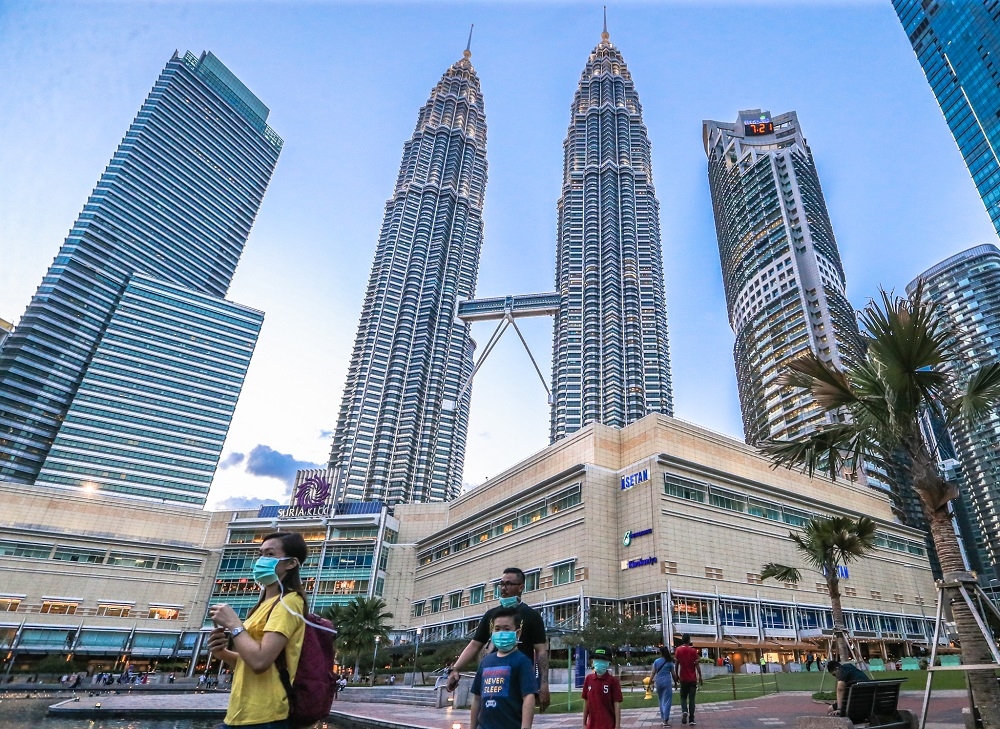
The construction of the Petronas Twin Towers was one of the major projects during Tun Dr Mahathir Mohamad’s first stint as the prime minister. — Picture by Firdaus Latif
Infrastructure boom
His first 22-year stint as prime minister, from 1981 to 2003, saw the rollout of major infrastructure projects, including the North-South Expressway, the Kuala Lumpur International Airport, and the development of Putrajaya as Malaysia’s administrative capital.
Petronas Twin Towers
Completed in 1998, the iconic Petronas Twin Towers became a symbol of Malaysia’s aspirations and rapid development under Dr Mahathir’s leadership.
2. Tackling the 1997 Asian financial crisis
At the height of the 1997 financial crisis, Dr Mahathir defied conventional economic advice by rejecting an International Monetary Fund (IMF) bailout.
Instead, he imposed capital controls and fixed the ringgit’s exchange rate to stem the outflow of funds and stabilise the economy.
His decision, controversial at the time, was later credited with helping Malaysia recover faster than many of its regional peers.
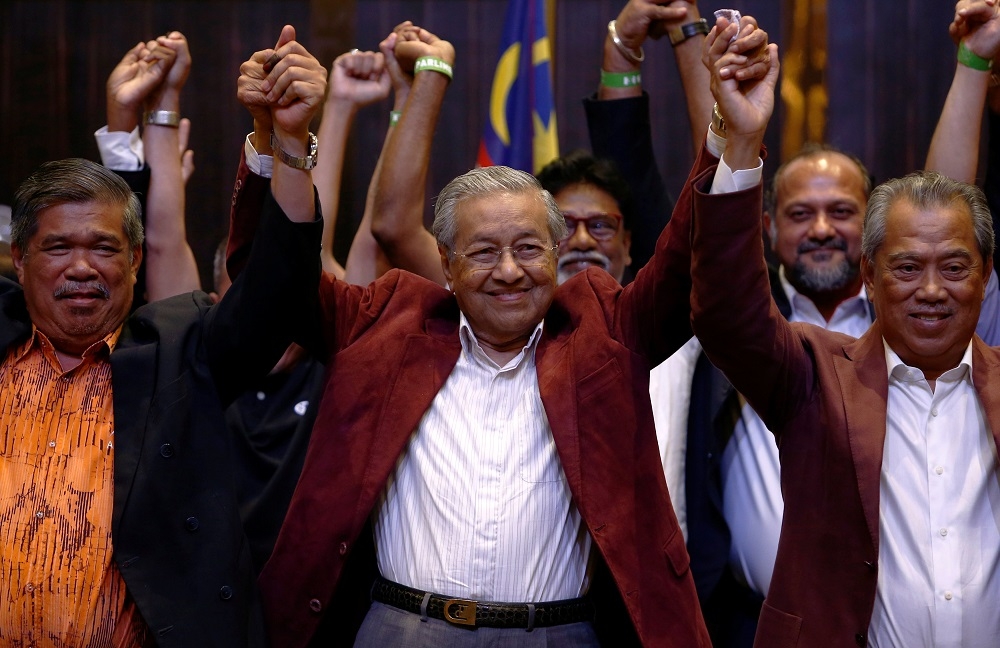
Tun Dr Mahathir Mohamad claims victory in the 14th general election under the Pakatan Harapan coalition flag. — Reuters pic
3. A political comeback at 92
In an extraordinary turn of events, Dr Mahathir returned to active politics in 2018, forming an alliance with former rival Datuk Seri Anwar Ibrahim and DAP to challenge then-prime minister Datuk Seri Najib Razak over the 1MDB scandal.
Under the Pakatan Harapan coalition, Dr Mahathir led the Opposition to a historic victory, ending Barisan Nasional’s decades-long grip on power.
He became the world’s oldest-serving prime minister at 92.
However, his second term lasted just 22 months, ending in early 2020 following defections and shifting political alliances that caused his government to collapse.
4. Championing privatisation
In the 1980s and 1990s, Dr Mahathir pushed for the privatisation of state-owned enterprises, arguing it would improve efficiency and drive growth.
While critics said the policies disproportionately benefited politically connected individuals, the initiative led to the privatisation of key sectors such as telecommunications, electricity, and airlines.
Companies like Telekom Malaysia and Malaysia Airlines were among those corporatised and later listed.
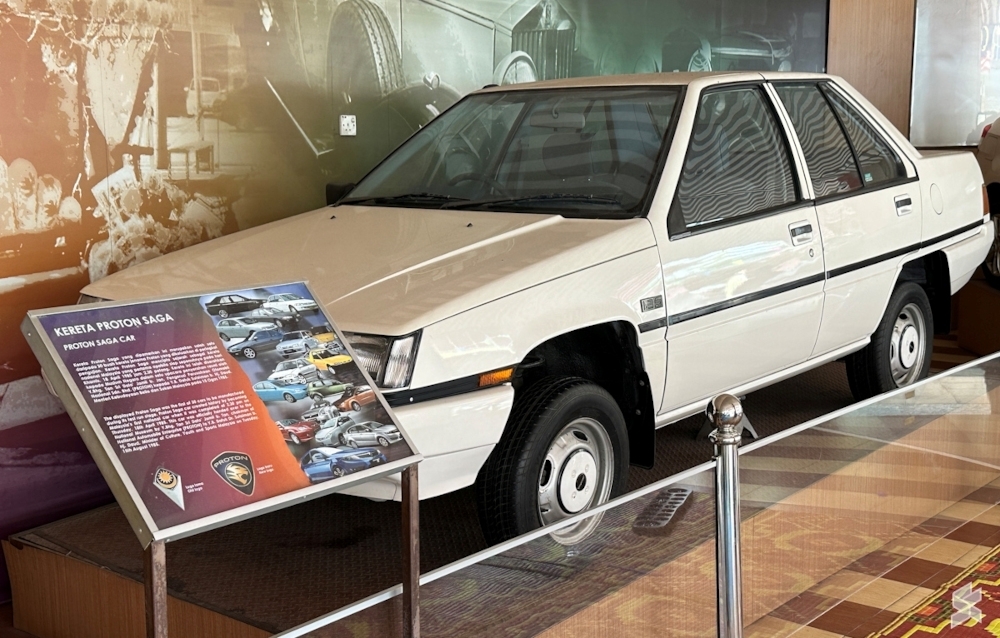
Proton was the result of the National Car Project initiative in the 1980s under the leadership of Tun Dr Mahathir Mohamad. — SoyaCincau pic
5. Industrialisation and the birth of Proton
A key pillar of Dr Mahathir’s industrialisation drive was the creation of a national car.
First mooted in 1979, the National Car Project received Cabinet approval in 1982. Proton — short for Perusahaan Otomobil Nasional — was established in 1983 in partnership with Mitsubishi Corporation.
The move was part of a broader strategy to shift Malaysia’s economy from agriculture to manufacturing.


